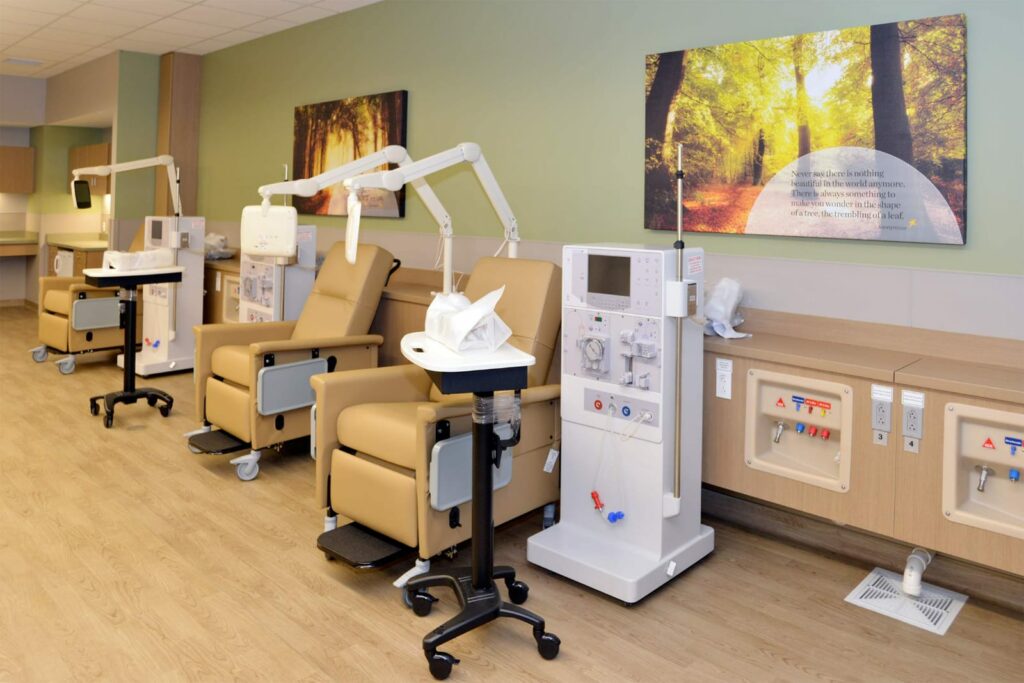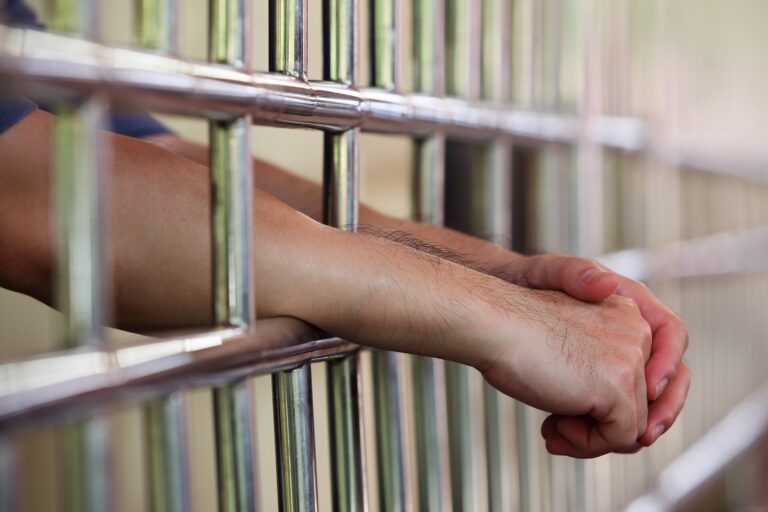Overwhelmed ICU staff in some of the nation’s hospitals-turned-battlegrounds must have felt a bit like German soldiers did on D-Day when they discovered there was a new, different front to conquer before they could win the Covid-19 War.
For weeks, politicians, hospital staff and media outlets questioned whether coronavirus hotspots, like New York, would be able to meet the projected need for tens of thousands of ventilators, the breathing machines meant to save the lives of the sickest Covid patients. Anxiety was high all around. Daily counts of how many machines would be donated, purchased or manufactured kept the entire nation glued to the news.
But in the ICUs of some hospitals, it’s a different shortage that’s hampering the frantic war against Covid-19.
It’s not only the lungs that are attacked by the virus, as research from Asian and European outbreaks had led doctors to believe. American doctors now say that roughly one-third of seriously ill Covid patients are also experiencing a rapid decline in kidney function, including patients who were completely healthy before being infected with the virus..
The result is a much larger need for dialysis than normal in ICUs already filled to overflowing with Covid patients, explained Dr. David Charytan, who heads nephrology at NYU Langone Health, according to a CNN report.
“One day last week, we had 186 patients intubated with Covid,” he said. That means they were attached to ventilators to help them breathe. Normally, he added, about 10% of ICU patients would need dialysis. “We’re seeing 20% to 30% needing dialysis,” Charytan said.
And the ICU is normally equipped to handle 118 patients, so 186 patients means a more than 50% overload.
“It’s been a real struggle,” Charytan added.
Dialysis machines are similar to ventilators in that they do a job the body stopped doing on its own. While ventilators breathe for patients who can’t, dialysis machines help patients whose kidneys stopped cleaning the waste from their blood. Neither machine is a long-term solution, but they help prolong life while the body heals.
It’s not just the machines that hospitals are scrambling for. Other supplies, such as filters and fluids needed to operate the machines are also hard to come by. Worse, the highly specialized nurses trained to operate these machines are in short supply in the best of times. Now hospitals are forced to increase the ratio of patients to staff, further compromising the health care system.
In one Queens hospital, a doctor who manages the ICU but was not authorized to speak publicly, admitted to WNYC that while no one likes to use the word ‘rationing’ when it comes to medical treatment, that’s exactly what’s happening.
“We only have nine or 10 machines, and now we have over 30 patients that need them,” he said. “So it becomes a question of who the resource goes to, and these are very difficult decisions.”
Unlike dialysis machines used in outpatient centers, where patients are typically treated three times each week, the machines used commonly in ICUs operate 24 hours a day to avoid extra strain on fragile patients. That’s under normal circumstances. But in some corona-slammed hospitals, that’s a luxury.
“We’re splitting them up, so that you’ll have two patients getting dialyzed for 12 hours each, instead of around the clock,” one head of nephrology at a New York City hospital, who also won’t name their institution out of fear of management reprisal told WNYC. “If you need, say, 10 days of antibiotics and you have to share it so each person gets five days’ worth, will they be okay? Maybe. You can’t really know. But this isn’t how it’s intended to be used. It’s called ‘continuous renal replacement therapy,’ and it’s not continuous if you have to take people off and put them back on.”
Thankfully, the news isn’t all bad. Many Covid-19 patients do recover and return home, returning several times a week for outpatient dialysis treatments. It’s still too soon to have definitive statistics, but preliminary reports suggest that kidney function is improving in some recovering patients.
The real question, the one that experts aren’t willing to address yet, is how many of these patients will recover with time, how many may suffer permanent kidney damage and how many will be added to the nation’s ever-growing transplant waitlist.











